
Everyday Urbanism: Transforming Daily Life in Cities
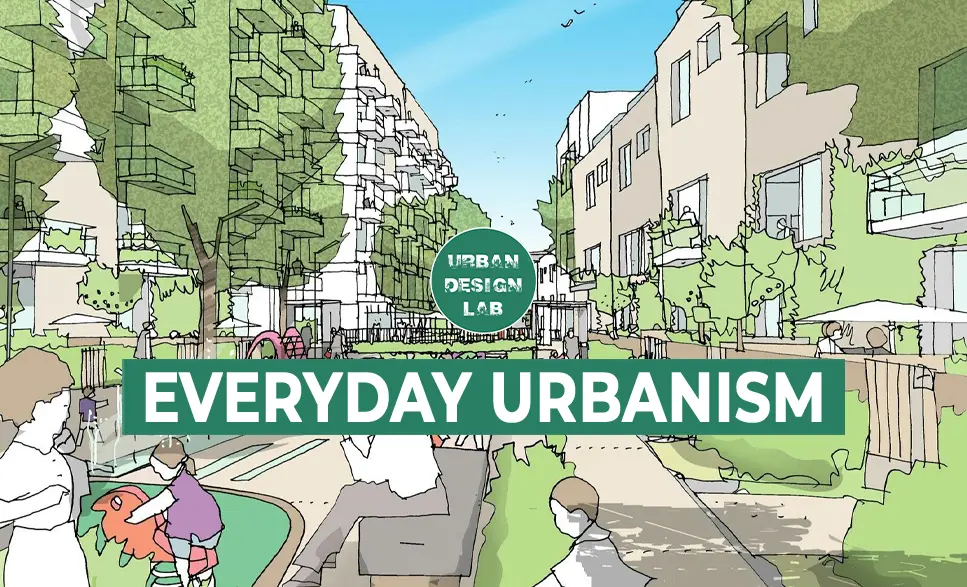
Everyday Urbanism is a transformative approach to urban design that shifts the focus from grand architectural projects to the small, everyday moments that define city life. This perspective celebrates the informal, the ordinary, and the human-scale elements that make cities vibrant and livable.
Imagine a city where bustling markets, lively street corners, and neighbourhood parks are central to urban planning. Everyday Urbanism advocates for these spaces, recognizing that it’s the daily routines—grabbing coffee at a local shop or chatting with a neighbour—that give a city its soul. This approach also embraces informal urban practices, like street vending and community gardens, as vital components of the urban ecosystem.
By encouraging sustainability, cultural expression, and community participation, Everyday Urbanism creates cities that are not only functional but also rich in identity and meaning. This article delves into how this people-centered approach can transform urban living, making cities more inclusive, resilient, and full of life.
Introduction
Cities are alive with the rhythm of daily life—people commuting to work, children playing in parks, vendors selling their goods, and neighbours chatting on the street. This everyday activity, though often overlooked in grand urban plans, truly defines a city’s character and livability. Everyday Urbanism is a concept that embraces these daily routines, focusing on the small-scale, the informal, and the user-driven aspects of urban life. Unlike traditional approaches to urban design that often prioritize monumental projects or sweeping developments, Everyday Urbanism values the ordinary and the familiar. It recognizes that it’s the mundane moments—like grabbing a coffee from a local shop or walking your dog in the neighbourhood—that make a city feel like home. This article explores how Everyday Urbanism can transform cities by making them more people-centred, livable, and responsive to the needs of their inhabitants.
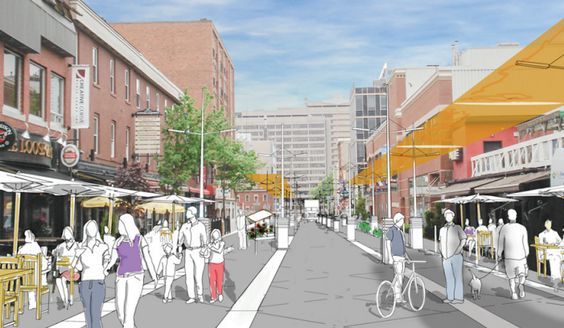
The Philosophy Behind Everyday Urbanism
At its core, Everyday Urbanism is about designing cities for the people who use them daily. Various urban thinkers, including Jane Jacobs in her seminal book The Death and Life of Great American Cities, have championed this idea. Jacobs argued that the strength of a city lies in its streets and sidewalks—where daily life unfolds. She advocated for an urban design that prioritizes human interaction and the needs of residents over the desires of planners and developers.
Everyday Urbanism builds on this philosophy, challenging the traditional top-down approach to urban planning. Instead, it promotes a more participatory, grassroots model where the experiences and needs of ordinary people guide the design and development of urban spaces. This approach ensures that cities remain adaptable, inclusive, and grounded in the realities of everyday life.
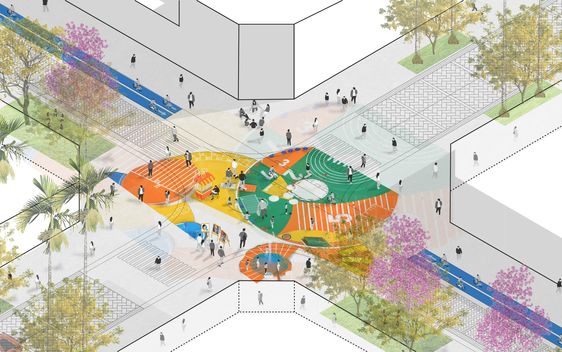
Source: Website Link
Reclaiming Public Spaces
Public spaces are the heart of urban life. Whether it’s a bustling market, a quiet park, or a lively street corner, these spaces are where people come together, interact, and build community. Everyday Urbanism emphasizes the importance of designing public spaces that are accessible, flexible, and responsive to the needs of the community. A great example of this is the transformation of New York City’s Times Square. Once a congested traffic hub, Times Square was redesigned as a pedestrian-friendly space where people can gather, relax, and enjoy the city’s vibrant atmosphere. This transformation was guided by the principles of Everyday Urbanism—small, strategic changes that made the space more inviting and usable for the people who pass through it every day. By focusing on the everyday use of public spaces, cities can create environments that are not only functional but also foster a sense of belonging and community.
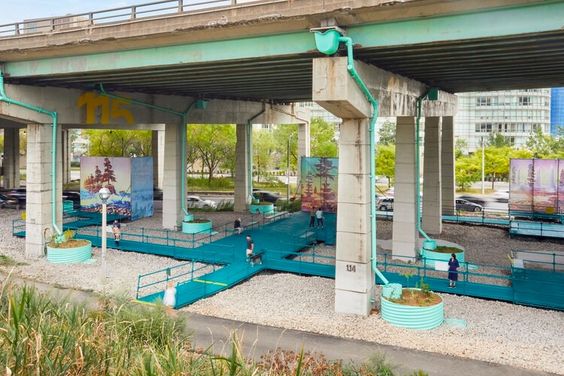
Embracing Informal Urbanism
Cities are often seen as well-oiled machines, but much of what makes urban life vibrant and dynamic happens outside formal planning structures. Informal urbanism—like street vendors setting up shop on a busy corner, or residents creating community gardens in unused lots—is a key aspect of Everyday Urbanism. These informal activities, though viewed as chaotic or unregulated, play a vital role in the urban ecosystem. They provide essential services, create economic opportunities, and bring life to otherwise sterile spaces. The book Cities for People by Jan Gehl highlights the importance of such informal urban practices. Gehl argues that cities should be designed to accommodate and encourage these spontaneous, everyday activities. Rather than trying to control or eliminate informal urbanism, cities should integrate it into the fabric of urban life, providing spaces where these activities can thrive.
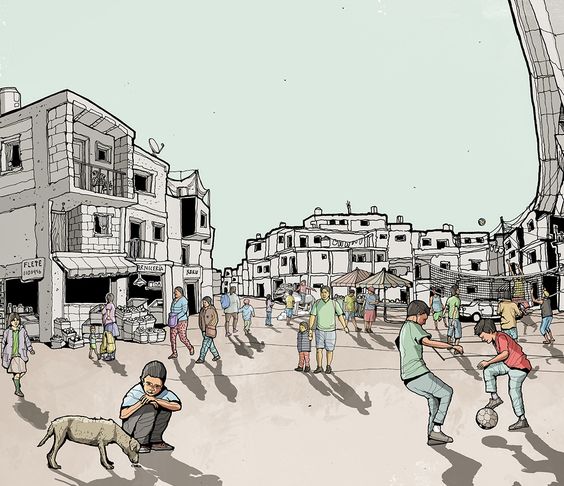
Designing at the Human Scale
One of the defining characteristics of Everyday Urbanism is its focus on human-scale design. This means creating spaces that are comfortable, accessible, and enjoyable for people to use. Human-scale design prioritizes pedestrians over cars, creating environments where people feel safe and welcome. A classic example of human-scale design is Copenhagen, Denmark, a city renowned for its bike-friendly infrastructure and walkable streets. In Life Between Buildings, Jan Gehl discusses how Copenhagen’s urban design promotes a high quality of life by focusing on the everyday needs of its residents. By designing cities at the human scale, we create environments that encourage walking, cycling, and social interaction, making cities more livable and sustainable. Small interventions—like adding benches, planting trees, or improving lighting—can make a big difference in how people experience their city.
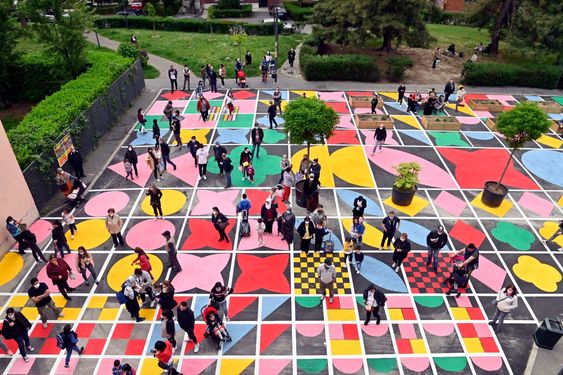
Community Participation and Ownership
Everyday Urbanism is not just about design; it’s also about who gets to shape the city. This approach emphasizes the importance of involving local communities in the design and planning process. When residents are engaged and empowered, they take ownership of their spaces, leading to more sustainable and resilient urban environments. Participatory design processes, like those described in the book Designing the City, encourage collaboration between planners, designers, and community members. These processes ensure that the voices of residents—who are the true experts on their neighborhoods—are heard and incorporated into urban plans. By fostering community participation, cities can create spaces that truly reflect the needs and aspirations of their residents.
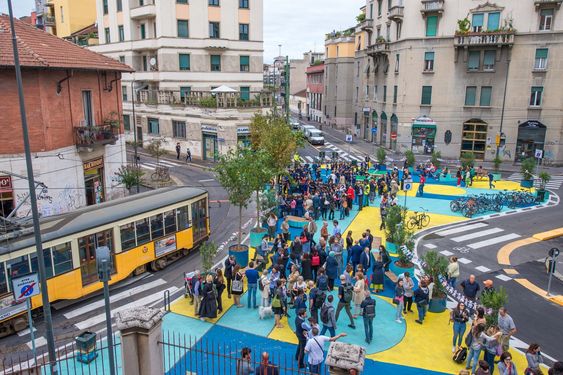
Economic Vibrancy Through Everyday Urbanism
Everyday Urbanism is not only about improving the quality of life; it also has significant economic benefits. By focusing on the needs of everyday users, cities can create environments that support local businesses, encourage entrepreneurship, and attract investment. Vibrant public spaces and walkable streets can boost local economies by increasing foot traffic and making neighbourhoods more attractive to businesses. The book The Great Good Place by Ray Oldenburg explores the idea of “third places”—cafes, bars, bookstores—where people gather and build community. These spaces, which are often overlooked in traditional urban planning, are vital to the economic and social life of cities. Everyday Urbanism recognizes the importance of these small businesses and informal economies, advocating for urban designs that support and nurture them.
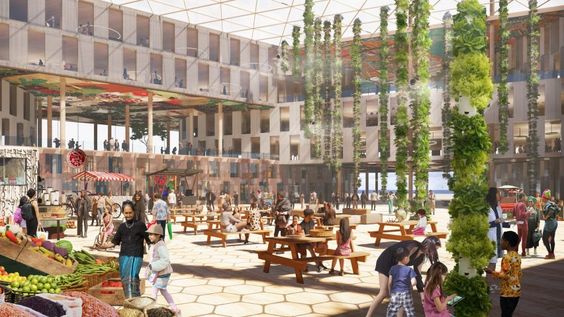
Cultural Expression and Identity
Cities are not just physical spaces; they are also cultural landscapes where identities are formed and expressed. Everyday Urbanism values the cultural and social dimensions of urban life, advocating for the preservation and celebration of local traditions, histories, and cultures. In The Social Life of Small Urban Spaces, William H. Whyte examines how public spaces can foster a sense of community and cultural expression. Everyday Urbanism encourages the creation of spaces where people can come together to celebrate their cultures and traditions, whether through festivals, public art, or community gatherings. By supporting cultural expression, cities can strengthen social ties, foster a sense of belonging, and create a richer, more inclusive urban environment.
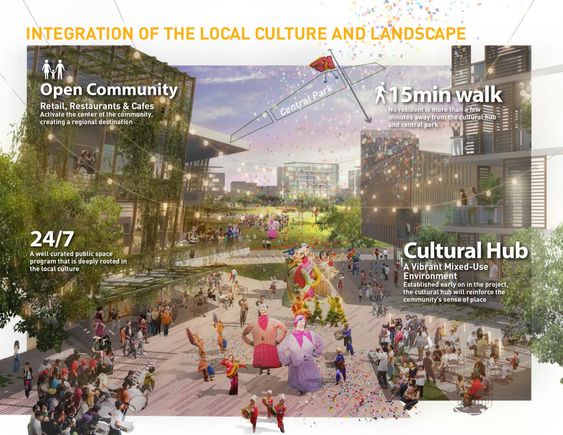
Sustainability Through Everyday Practices
Sustainability is a major concern in urban planning today, and Everyday Urbanism offers a unique approach to building more sustainable cities. By focusing on the everyday practices of city dwellers—like walking, cycling, or using public transport—Everyday Urbanism encourages more sustainable ways of living. For example, the promotion of walkable neighbourhoods reduces the need for car travel, lowering carbon emissions and improving air quality. In Happy City, Charles Montgomery discusses how designing cities that promote walking and cycling can lead to healthier, happier, and more sustainable communities. Everyday Urbanism also advocates for the efficient use of resources, encouraging the reuse of existing buildings and materials and the creation of adaptable spaces that can evolve. By integrating sustainability into the fabric of daily life, cities can become more resilient and environmentally friendly.
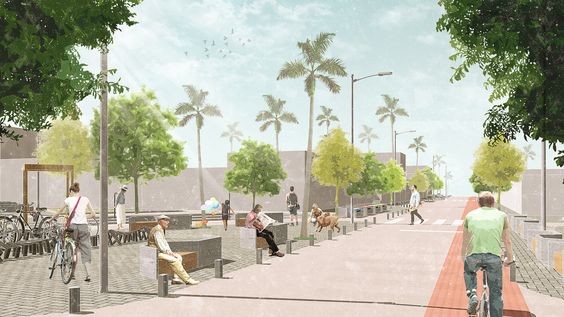
Challenges and the Way Forward
While Everyday Urbanism offers a fresh perspective on urban design, it also faces challenges. One of the biggest challenges is scaling up small, incremental changes to have a broader impact on the city as a whole. Balancing the needs of different stakeholders—residents, businesses, and local governments—can also be difficult. Moreover, ensuring that Everyday Urbanism is inclusive and equitable requires ongoing community engagement and support. The book The Just City by Susan Fainstein explores how urban planning can create more equitable and just cities, a challenge that Everyday Urbanism must also address. Despite these challenges, the potential of Everyday Urbanism to transform cities is immense. By focusing on the everyday experiences of city dwellers, this approach can create urban environments that are not only functional and efficient but also rich in meaning, identity, and community.
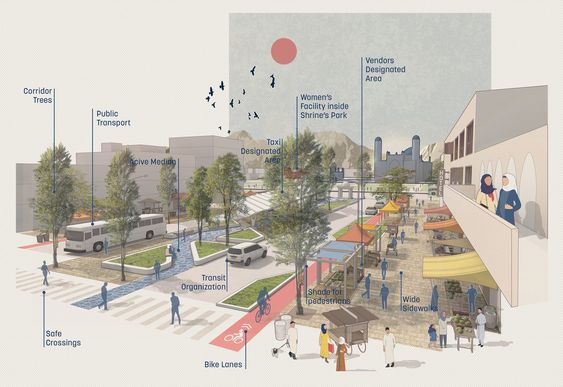
Source: Website Link
Conclusion
Everyday Urbanism represents a shift in how we think about cities. It moves away from the traditional focus on grand designs and monumental projects, instead highlighting the importance of the small-scale, the informal, and the everyday. By prioritizing the needs and experiences of ordinary people, Everyday Urbanism offers a more inclusive, sustainable, and participatory model of urban design. This approach transforms public spaces, supports informal economies, and promotes human-scale design, all while fostering community participation and cultural expression. As cities around the world continue to grow and evolve, Everyday Urbanism provides a blueprint for creating urban environments that are truly for the people who live in them. It reminds us that the true measure of a city’s success lies not in its skyline, but in the quality of life it offers its residents in their everyday lives.
References
- Gehl, J. (2011). Life between buildings: Using public space (6th ed.). Island Press.
- Gehl, J. (2013). Cities for people. Island Press.
- Whyte, W. H. (1980). The social life of small urban spaces. Project for Public Spaces.
- ArchDaily. (n.d.). Everyday urbanism: Understanding the overlooked and ordinary elements of cities. https://www.archdaily.com
- Dezeen. (n.d.). Human-scale urban design: How everyday life shapes our cities. https://www.dezeen.com
- Project for Public Spaces. (n.d.). What is placemaking? https://www.pps.org/article/what-is-placemaking

Minza Shahid
About the Author
Minza Shahid is a student, ardent about urban design and enhancing public spaces and aims to utilize architecture to foster community and sustainable environments. She is also a writer who explores the cultural and anthropological elements of the transforming built environment.
Related articles


Architecture Professional Degree Delisting: Explained

Periodic Table for Urban Design and Planning Elements


History of Urban Planning in India
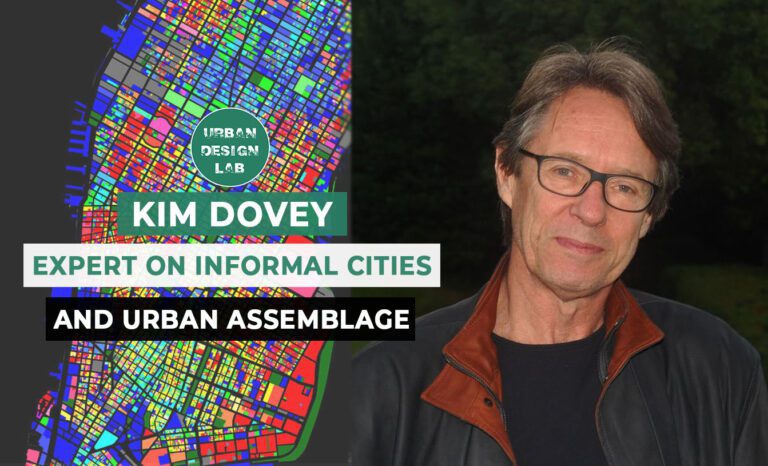
Kim Dovey: Leading Theories on Informal Cities and Urban Assemblage
UDL GIS
Masterclass
Gis Made Easy- Learn to Map, Analyse and Transform Urban Futures
Session Dates
15th-19th December 2025

Urban Design Lab
Be the part of our Network
Stay updated on workshops, design tools, and calls for collaboration
Curating the best graduate thesis project globally!

Free E-Book
From thesis to Portfolio
A Guide to Convert Academic Work into a Professional Portfolio”
Recent Posts
- Article Posted:
- Article Posted:
- Article Posted:
- Article Posted:
- Article Posted:
- Article Posted:
- Article Posted:
- Article Posted:
- Article Posted:
- Article Posted:
- Article Posted:
Sign up for our Newsletter
“Let’s explore the new avenues of Urban environment together “




























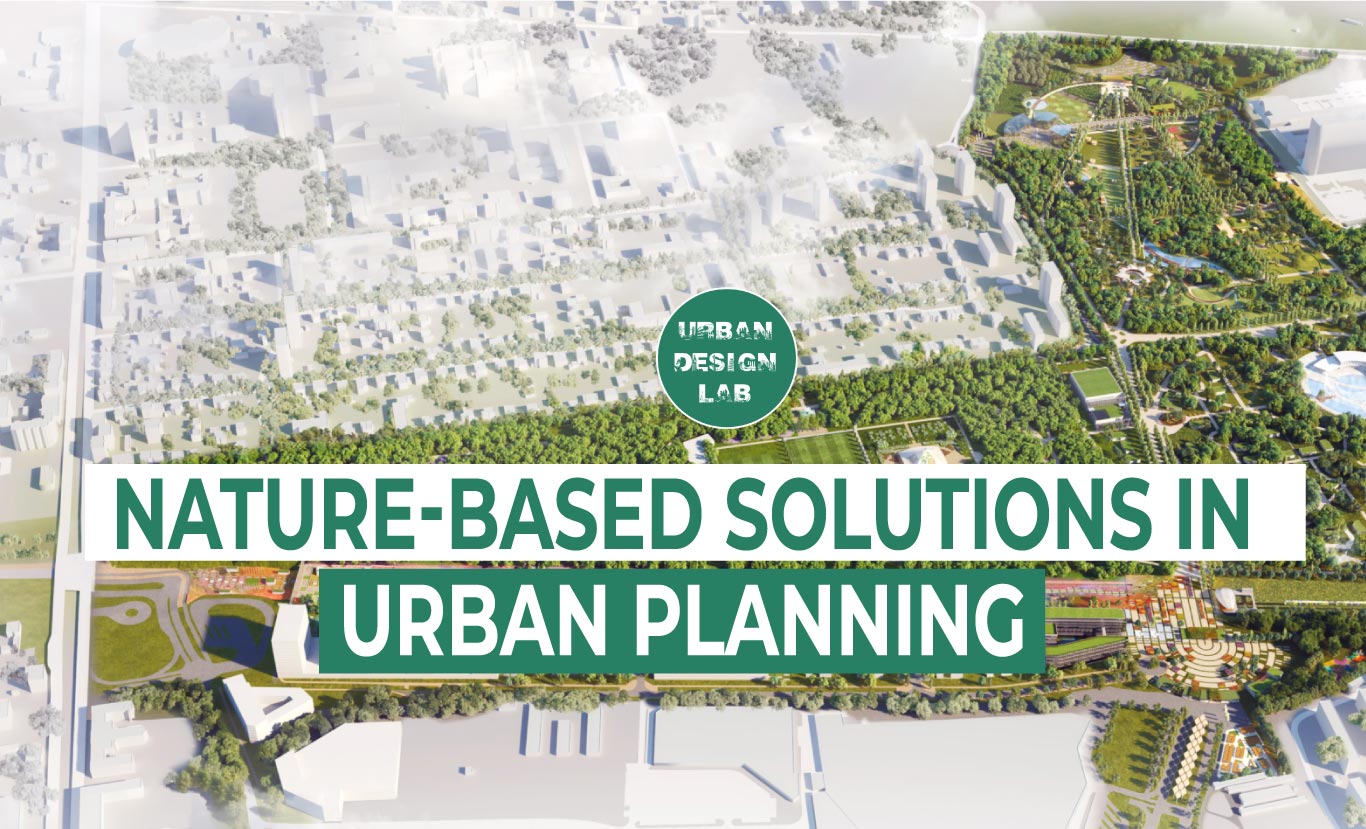



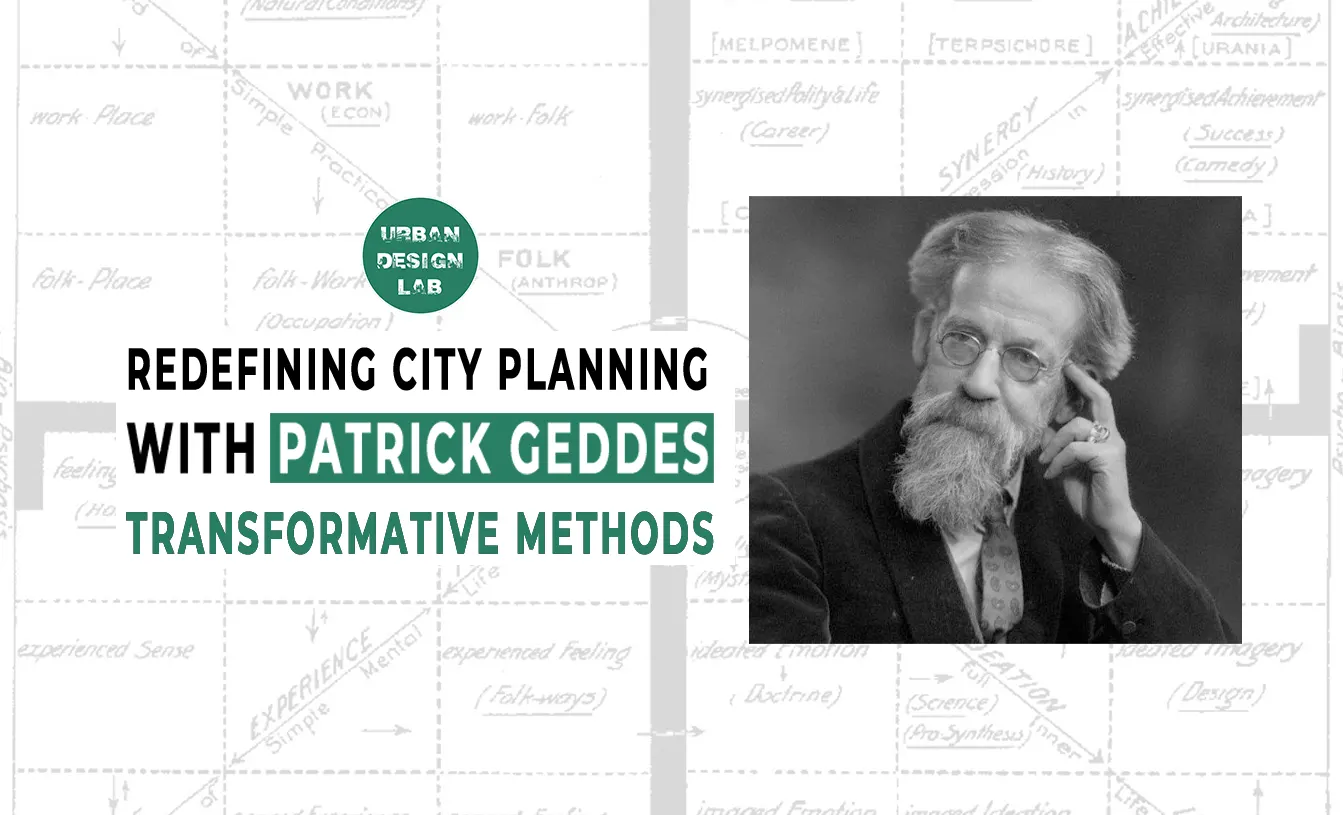
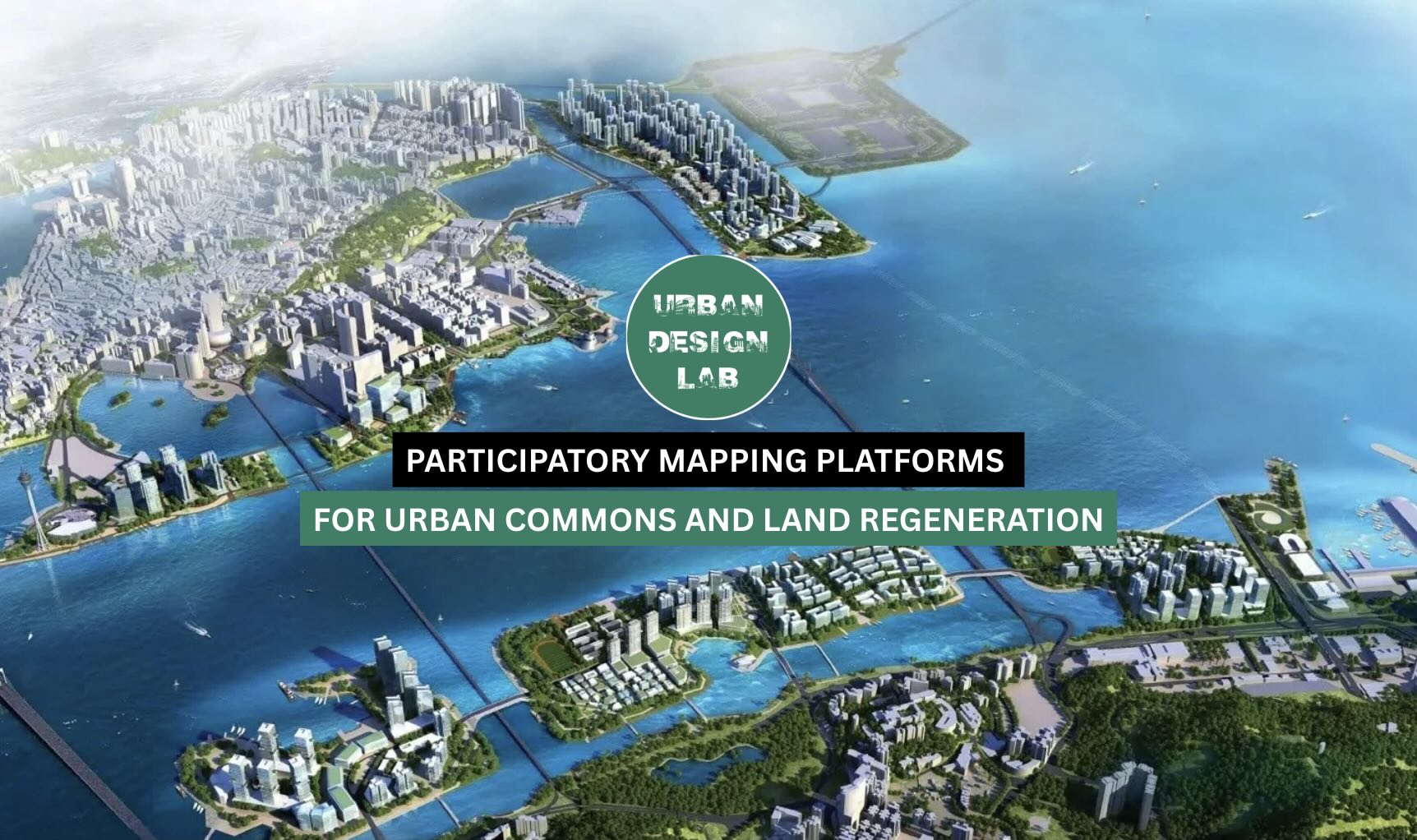
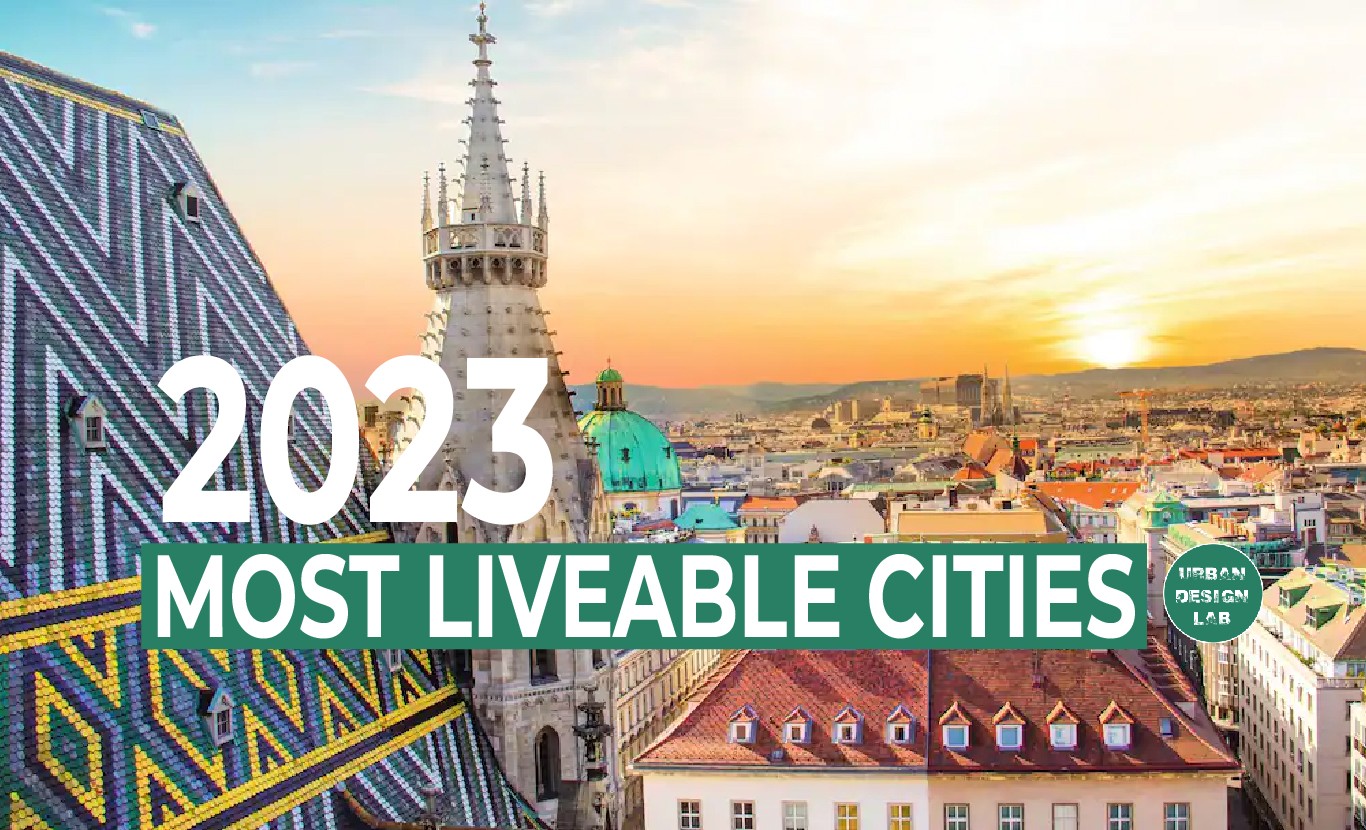
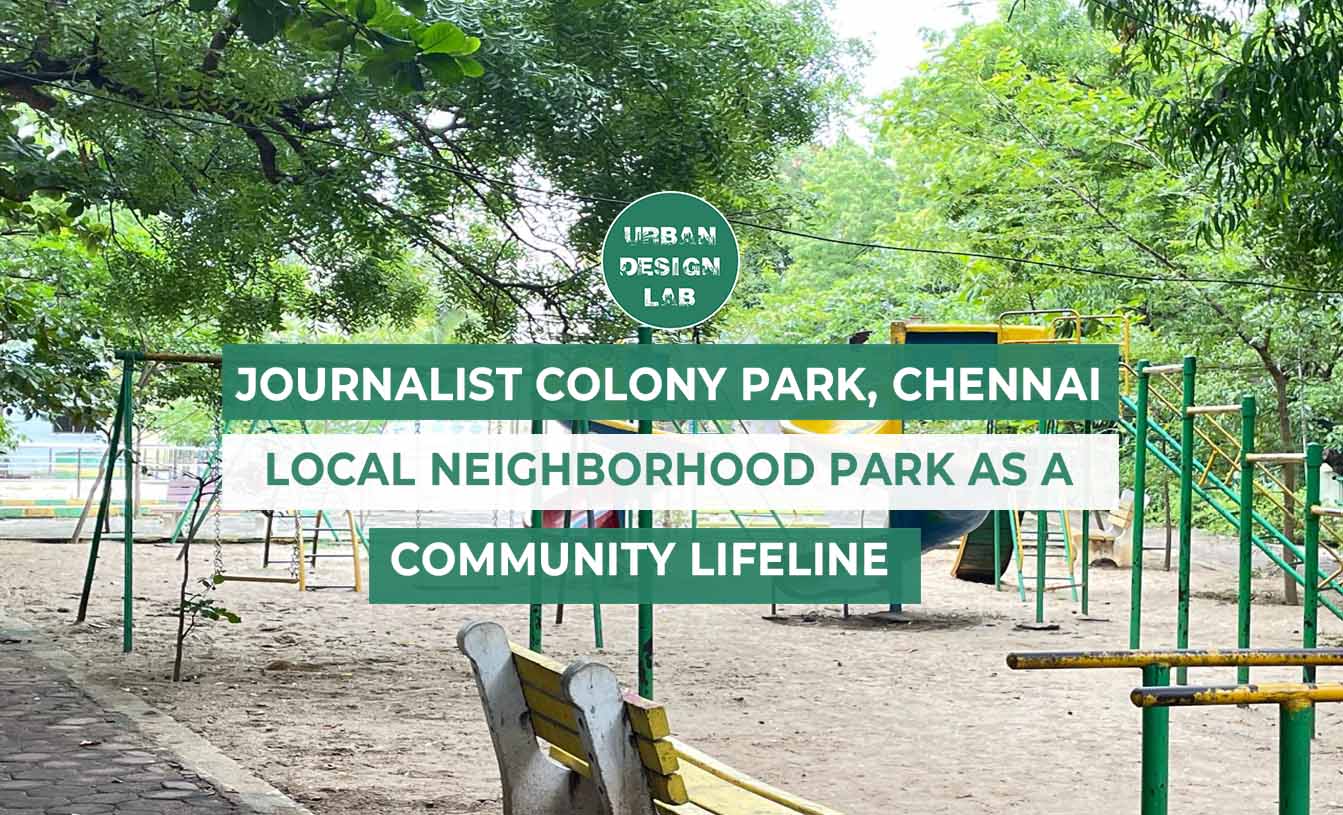
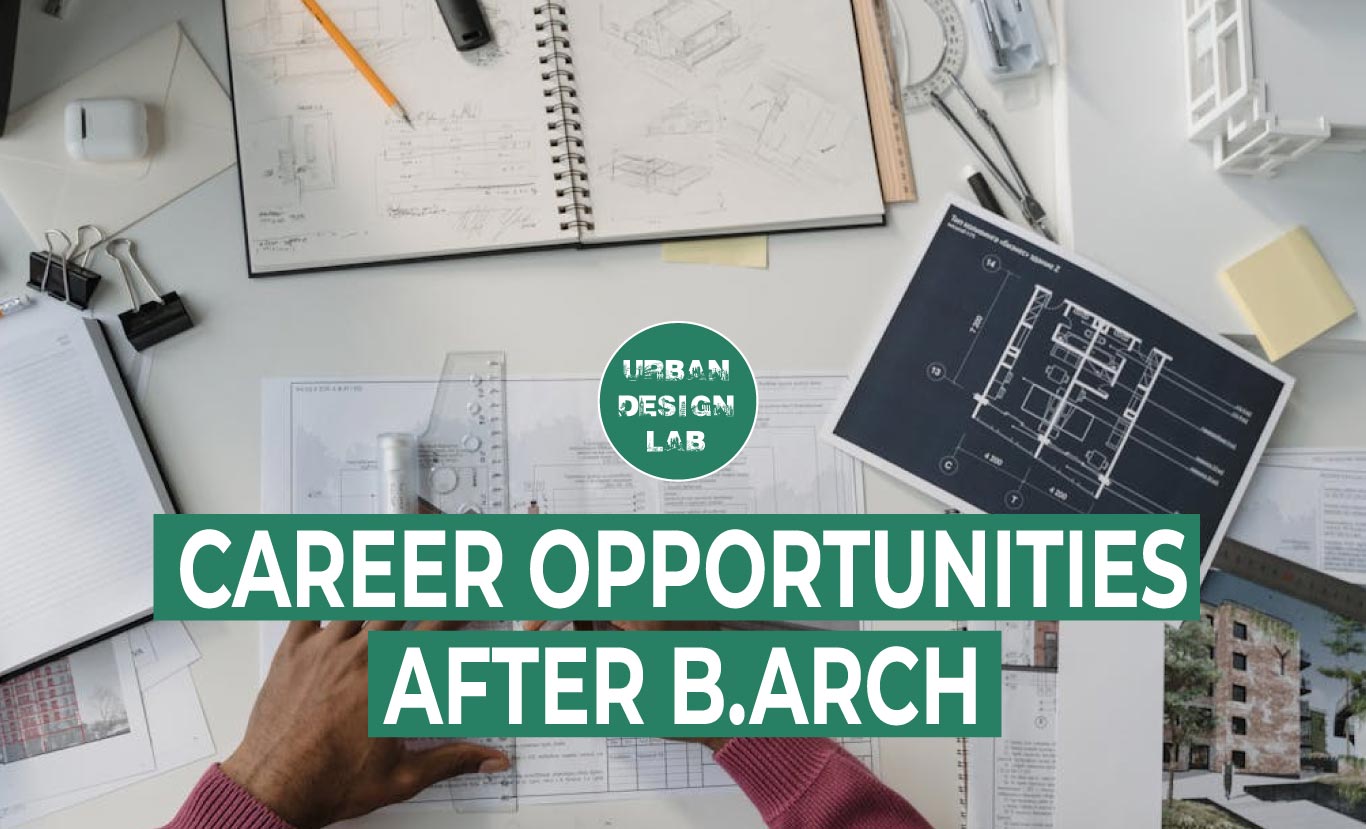
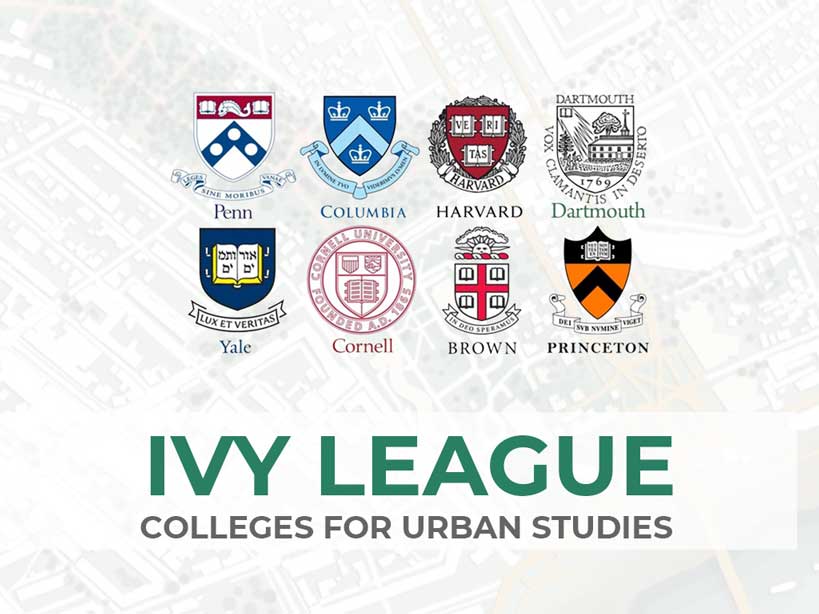
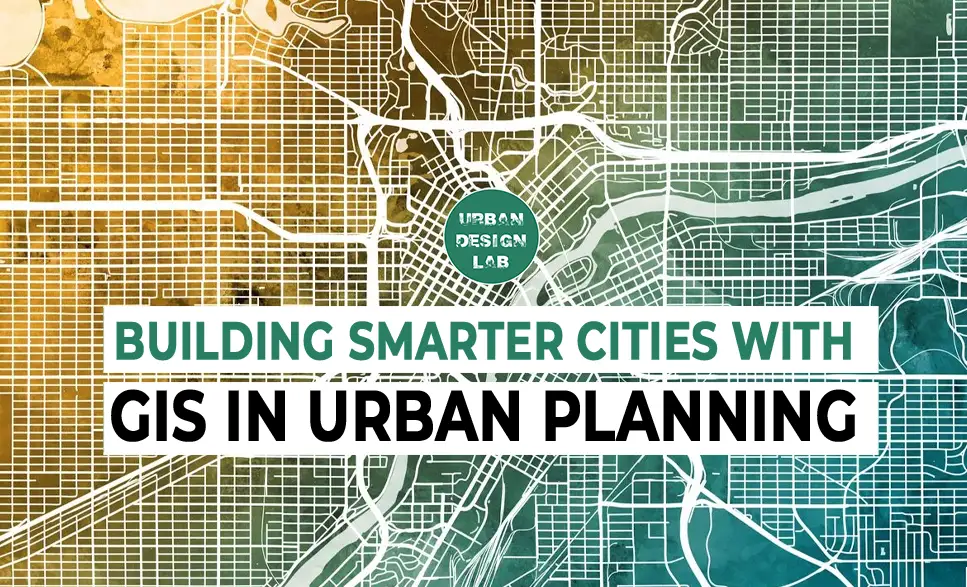
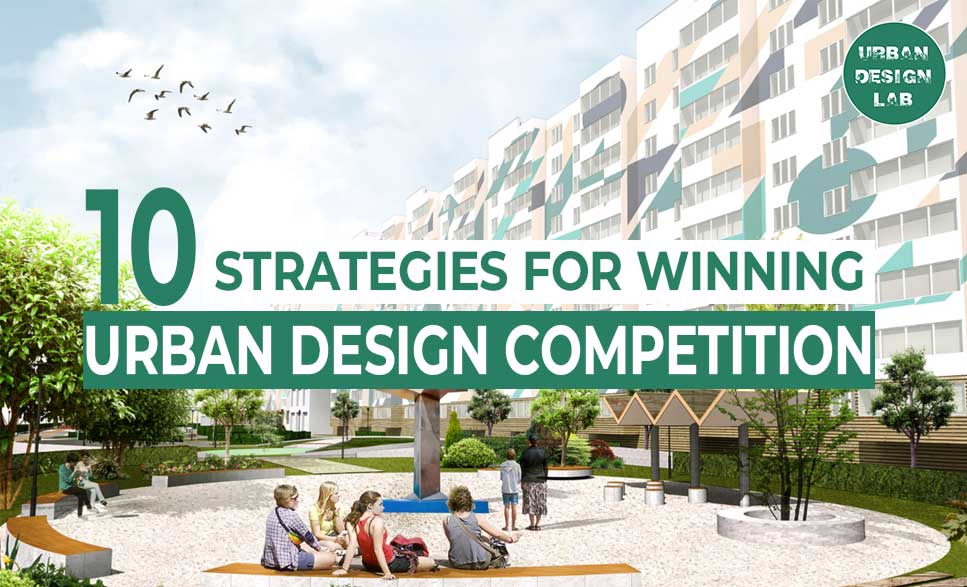

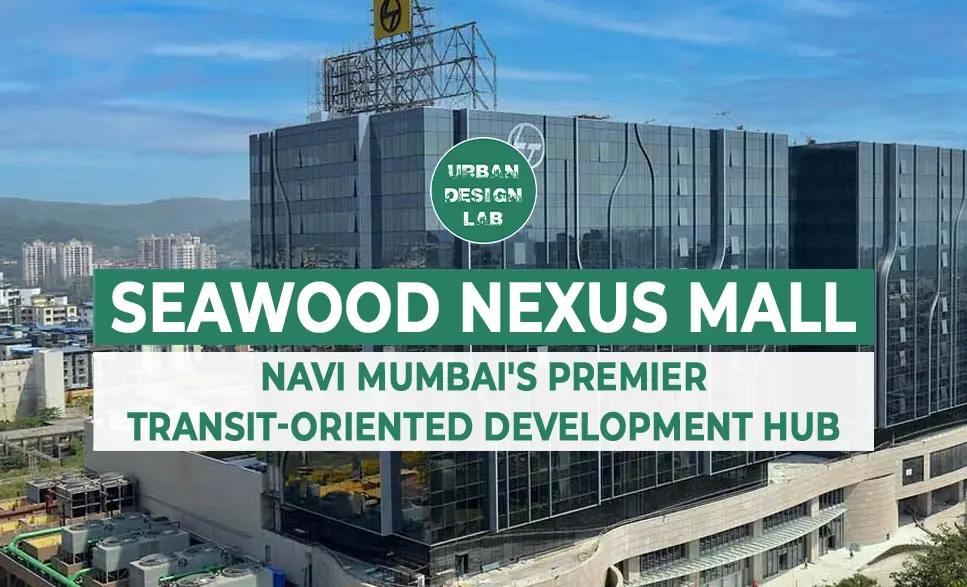


2 Comments